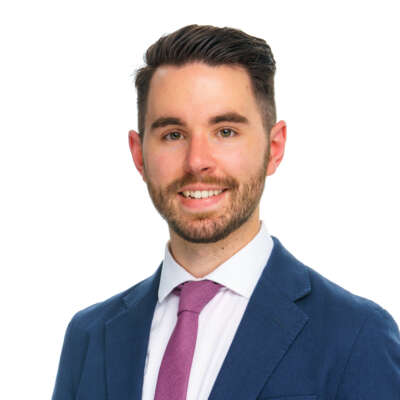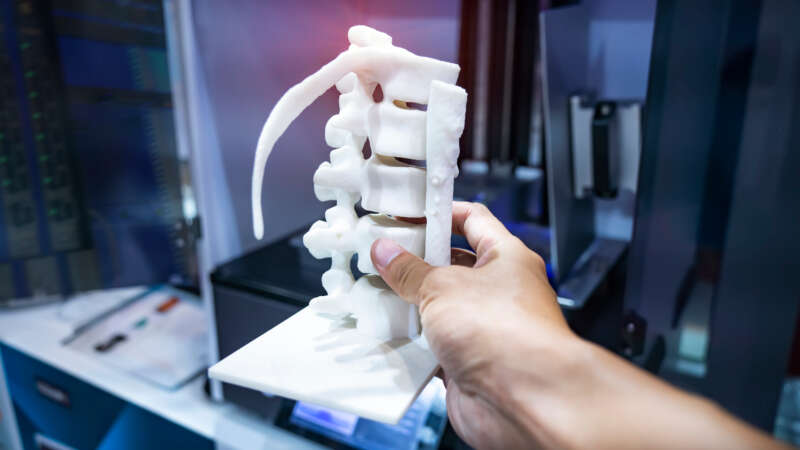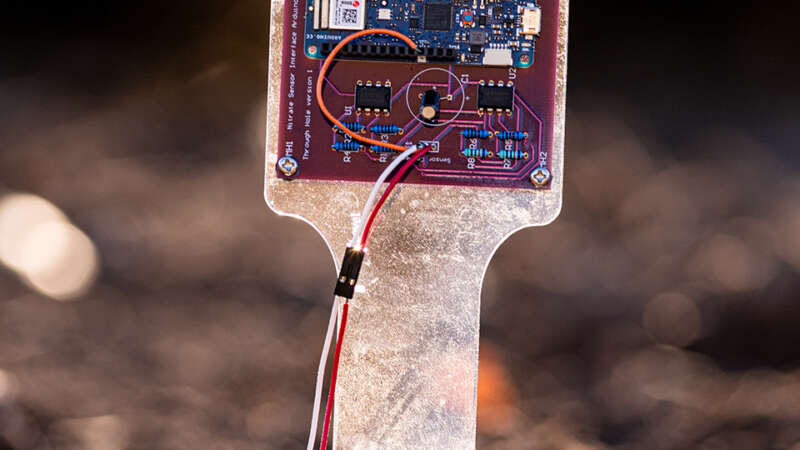K-State chemist’s study of ion atmospheres lands million-dollar grant.
Paul Smith, professor and associate head of chemistry in the College of Arts and Sciences, is used to asking big questions.
“As a physical chemist, I want to know why things happen — or don’t happen,” he said.
Smith’s most recent research development involves studying ion atmospheres in biological systems, which holds promise to make a lasting impact on public health. With a $1.1 million grant from the National Institutes of Health, Smith is ready to tackle a huge mystery in the science world — all by using computers.
The basic interactions of molecules are simple for scientists to understand.
“Lots of molecules [in the body] carry either a positive or negative charge, and nature likes to neutralize that charge. So around those molecules, you now recruit other ions that counteract the central charge to become neutral,” Smith explained. “That’s been known for a long time.”
This process becomes much more complicated when the body is fighting disease. Disease often starts with modifications to protein-protein or protein-DNA interactions. As these molecules are both charged, free ions in the body must neutralize them. Smith’s research seeks to discover an understanding of how one can remove, replenish and replace ions after the charged proteins or DNA have interacted.
“Originally, there were some simple ideas of understanding what we think these ions might do, but we found it’s a lot more complicated than that,” Smith shared. “That’s driven our research towards the study of these complications. If we can better understand these protein-protein interactions, then we can better understand how they might lead to various diseases. That’s why NIH is interested.”
The most unique part of Smith’s study is its location. Many people think of chemistry research as beakers and Bunsen burners, but this research is performed solely with computers.
“We use computers to simulate molecular interactions. It’s nice because they can run while you’re sleeping, and the next morning it’s (hopefully) done,” he said. “But if you tell the computer something that is wrong, it will produce rubbish. That makes the biggest challenge figuring out what to tell it and then being able to prove that what the computer came up with is correct.”
While Smith is excited about the impact of his research, another motivator pushes him forward: the potential to keep putting K-State on the map.
“K-State has a good reputation in the research world, but we are not the biggest research school. This means that it’s my job to step up and improve my game,” he said. “You have to work a little harder and be more innovative. Fortunately, we have the environment to do that. It makes it a worthwhile pursuit.”
Written By: Abbigail Marshall





